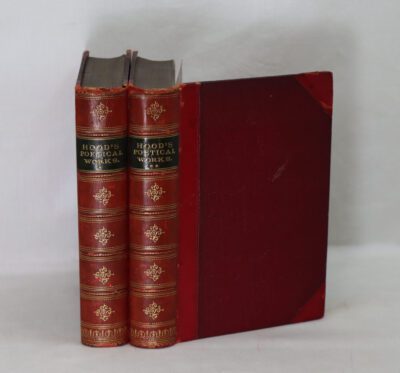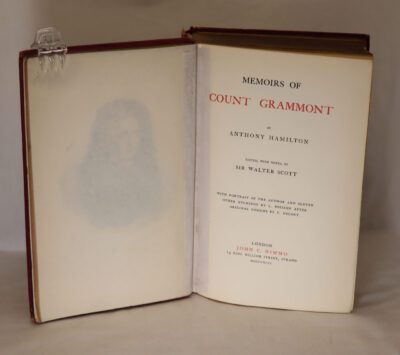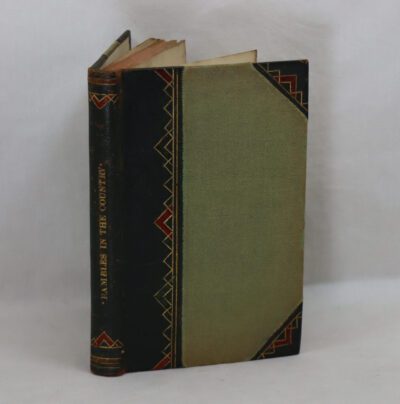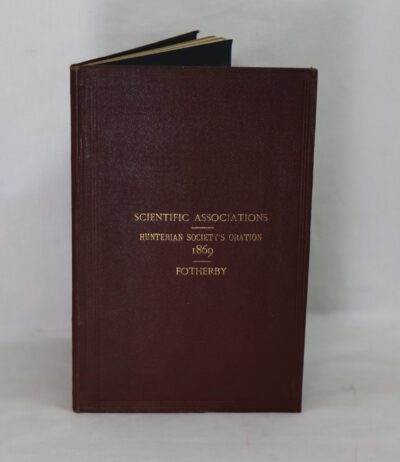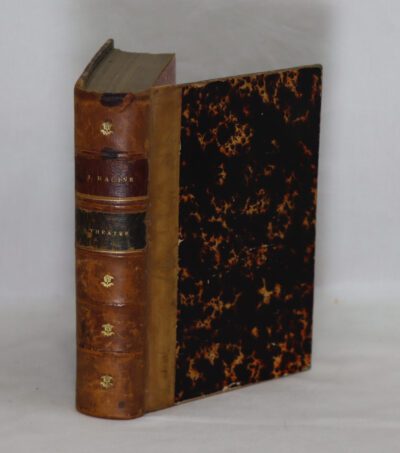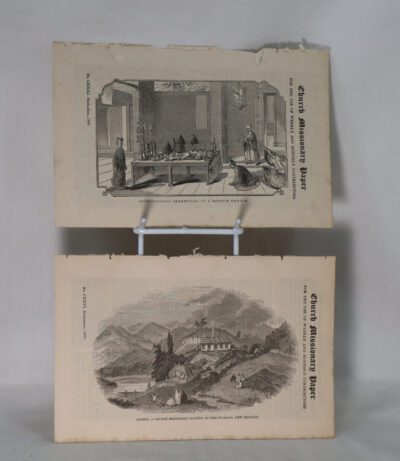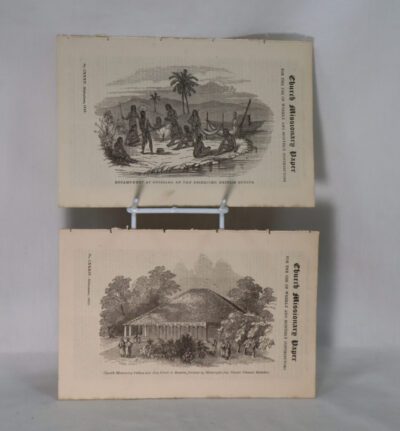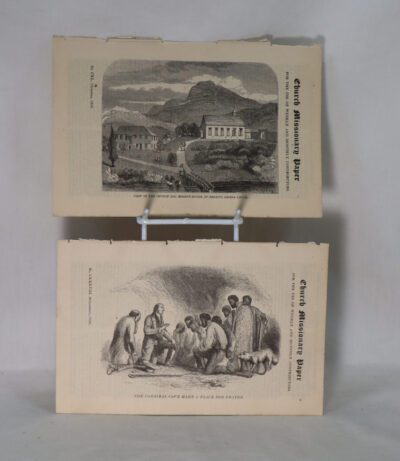1000 ( Johnny McKay).
Printed: Circa1900
Publisher: The Religious Tract Society.
| Dimensions | 10 × 15 × 2 cm |
|---|---|
| Language |
Language: English
Size (cminches): 10 x 15 x 2
Condition: Fine (See explanation of ratings)
Item information
Description
Black leather spine with gilt banding and title. Beige marbled boards.
First Edition.
A children’s book with strong Christian overtones. A distant forerunner of the works of Enid Blyton published by the Lutterworth Press, the Religious Tract Society’s, successor name.
The Religious Tract Society was a British evangelical Christian organization founded in 1799 and known for publishing a variety of popular religious and quasi-religious texts in the 19th century. The society engaged in charity as well as commercial enterprise, publishing books and periodicals for profit.
Periodicals published by the RTS included Boy’s Own Paper, Girl’s Own Paper and The Leisure Hour.
For the first 25 years of the society’s existence, its main activity was the publication and distribution of religious tracts. The first RTS tract was David Bogue’s An Address to Christians, Recommending the Distribution of Cheap Religious Tracts, which listed seven recommendations for writing effective religious tracts, including that they be “plain”, “striking”, “entertaining”, and “adapted to various situations and conditions” of its audience. These principles would tracts written in the following century.
In its first year, the society had a catalogue of 34 distinct tracts, and printed 200,000 copies. Its output increased over the years, and by 1820 its catalogue included 279 tracts, and it was printing more than 5 million annually.
From 1814, the society began publishing some tracts specifically for children.
In the 1820s and 1830s, the society began commercially publishing bound books and periodicals for adults and children, shifting away from its previous focus on tracts, and leading to a sharp increase in the society’s income. This shift was the subject of some criticism both within and outside the organization. Subscribers to the society raised concerns that their contributions were being used to subsidize books which were aimed at a middle-class audience and priced out of reach of the working-class families that represented the previous targets of the society’s evangelical efforts. In 1825, the society formally separated the accounting for its charitable and commercial work into what they termed a “Benevolent Fund” and “Trade Fund” in order to give greater transparency around how subscription funds were used. Beginning in 1835, the Trade Fund became entirely self-sufficient, with some profits from commercial publishing flowing into the Benevolent Fund.
By the 1840s, the RTS had become a sizeable publishing house, with more than 60 employees and a catalogue of more than 4,000 works in 110 languages.
The earliest periodicals published by the society were Child’s Companion; or, Sunday scholar’s reward and Tract Magazine; or Christian Miscellany. Both debuted in 1824, and were issued monthly at a price of 1 penny, the former aimed at Sunday school students, and the latter at their parents. They had monthly sales of 28,250 and 17,000, respectively.
The society’s books were mostly small but did include larger works such as the multi-volume Devotional Commentary and the massive Analytical Concordance to the Bible of Robert Young.
In the 1840s, the society distributed 23 million books to working class households.
From the 1860s, the Society began publishing novels aimed at women and children, providing a platform for a new generation of women writers, including Rosa Nouchette Carey.
The society also published the notable novel, Pilgrim’s Progress, by John Bunyan. They reproduced Pilgrim’s Progress, in many formats including; penny parts, Sunday School prize additions, and cheap abridgments.
Income from the sale of the society’s books and periodicals went into a decline in the 1890s. A report issued by the society attributed this to a “general depression [which] has severely affected the book trade”, though no such depression existed. Historian Aileen Fyfe attributes the decline to an increase in competition, and a decline in the influence of Christian evangelism and in the demand for religious literature. As the society entered the 20th century, its operations contracted. It reduced the funding it provided for foreign missionary work, and in 1930 reorganized all its operations into a single building. In the inter-war period, tract circulation had declined to one million, its lowest level since 1806.
In 1932, a new imprint, Lutterworth Press, was formed, under which most of the society’s subsequent publications appeared.
In 1935, the society merged with the Christian Literature Society for India and Africa, later also incorporating the Christian Literature Society for China in 1941. The resulting entity was the United Society for Christian Literature, which, as of 2006, was continuing its mission, largely in the form of overseas missionary work.
The Lutterworth Press, one of the oldest independent British publishing houses, has traded since the late eighteenth century – initially as the Religious Tract Society (RTS). The Lutterworth imprint, named after the small English town of Lutterworth in Leicestershire, where John Wyclif served as Rector in the fourteenth century, has been used since 1932, and Lutterworth continued most of the then current RTS publications. The main areas have been religion, children’s books and general adult non-fiction.
The religious list, as with the RTS, tended to publish fairly evangelical writers, such as Norman Grubb, but gradually broadened in the second half of the twentieth century.
Well-known general writers first published by Lutterworth include David Attenborough and Patrick Moore. The list specialises in popular history and art history, but also publishes books on a wide range of other subjects.
The children’s list, which built on the strength of the Boy’s Own Paper and Girl’s Own Paper, has included well-known authors such as Enid Blyton, W.E. Johns, and Laura Ingalls Wilder. The book From the Dairyman’s Daughter to Worrals of the WAAF: The R.T.S., Lutterworth Press and Children’s Literature, edited by Dennis Butts and Pat Garrett, 2006, chronicles the history of the publishing house.
The Press was originally based exclusively in London before expanding its operations to Guildford in Surrey where it operated from until 1983. It has been based in Cambridge, England since 1984.
Want to know more about this item?

Related products
Share this Page with a friend



